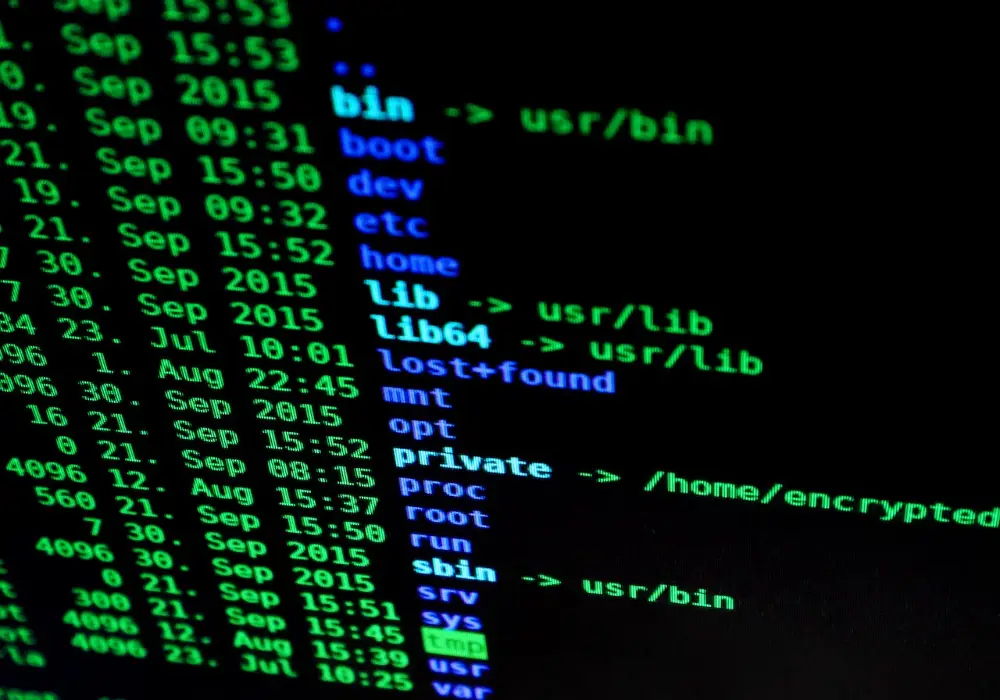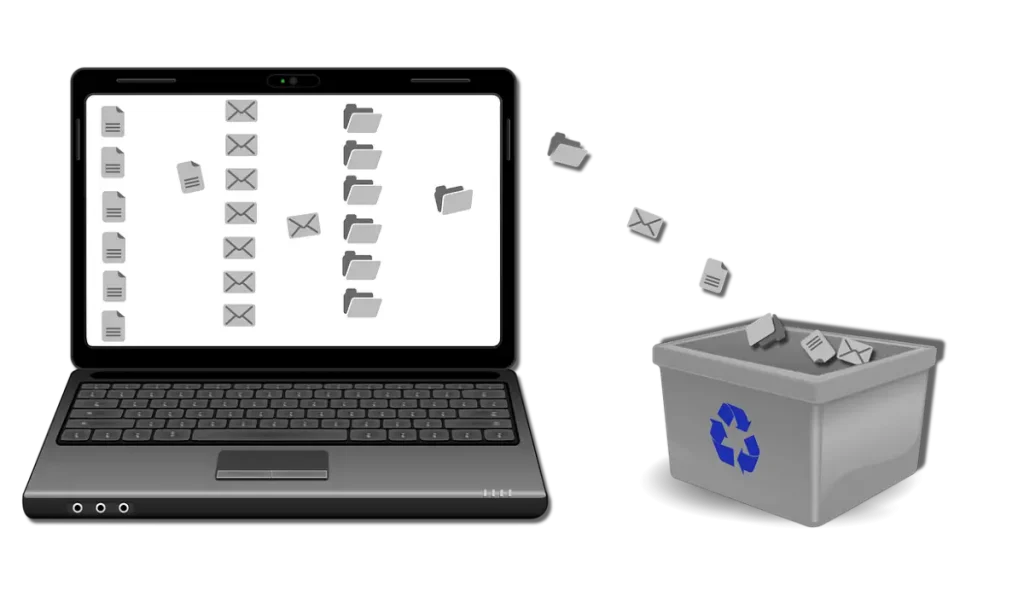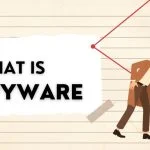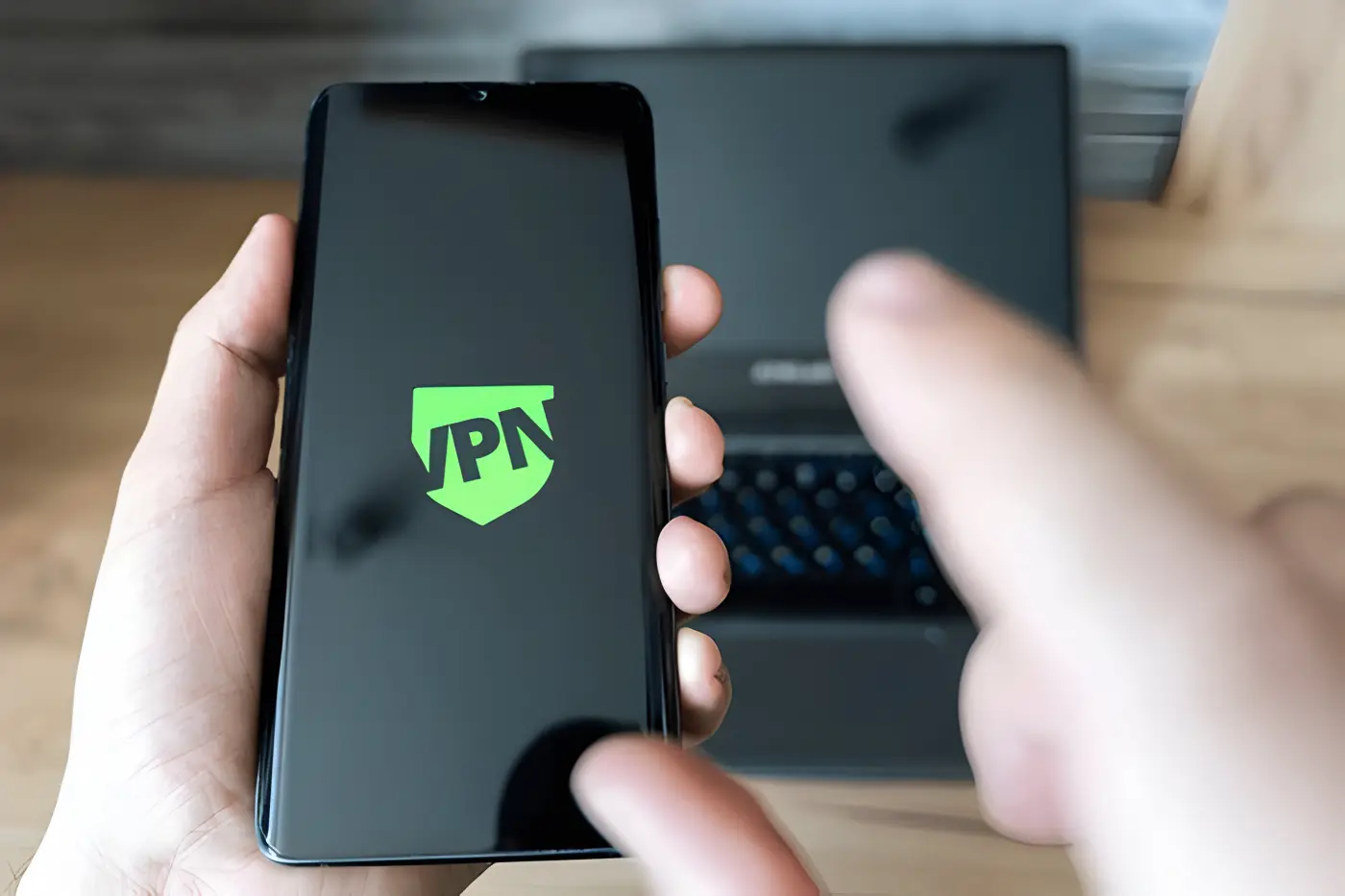What is a computer rootkit? A question which will be answered here. A rootkit is a stealthy and dangerous malware that gives threat actors access to your computer network without authorization. This malware is dangerous as it hides from security systems to operate undetected.
Rootkit comes from two words: “root” and “kit.” “Root” represents “admin” or “system admin.” On the other hand, “kit” stands for a group of software tools. Going by this definition, a rootkit comprises the tools required to give threat actors access to admin privilege on a user’s device.
What is a computer rootkit?
A rootkit is a form of malware. It spreads using deceptive threat vectors such as spam emails and malicious downloads. Some rootkits can also use trojans to access the victim’s device.
Rootkits are also very stealthy. In some cases, rootkits will display a few, if any, signs of compromise. They can also bypass your device security and remain hidden without detection.
Unlike other forms of spyware, rootkits come with many capabilities. They can steal login credentials and financial data, turn off security measures, and record keystrokes, among other functions. Rootkits can also turn a user system into a bot to conduct a distributed denial-of-service (DDoS) attack.
How Does A Rootkit Work?
Before learning how to remove rootkit, you need to understand how this spyware works. Rootkits allow malicious code to be embedded into your device. Once installed on the device, it will grant remote admin access to the operating system. The spyware also works well in avoiding detection.
The main purpose of a rootkit is to secure administrative-level privileged access to the computer system. If a rootkit finds its way into your phone or computer, it can modify anything the same way that an administrator can.
Rootkits are some of the most dangerous forms of spyware because they can conceal malware. It can hide the other types of malware within your device, making it harder for you to remove them.
Rootkits also give a malicious actor remote access to your device. The software also avoids detection by anti-malware programs. A majority of cases related to the installation of a rootkit on a device revolve around hackers obtaining remote access to a device.
A computer rootkit can also deactivate the internet security solutions installed on your device. The rootkit will hide itself in your computer system programs and switch them off. The process makes it challenging for you to detect and remove malware from a device.
Rootkits also pose a danger to data privacy cybercriminals can use rootkits to steal data, with some hackers targeting individuals to access personal data that is later used to commit fraud and steal identities. Sometimes, rootkits can be used to target employees working from home for espionage and financial crimes.
A computer rootkit can also create a permanent backdoor into your phone or computer system. The backdoor will remain open so that a hacker can return to your system later to cause more damage.
Computer rootkits can also eavesdrop on you. A hacker can intercept your internet traffic to find out what you have been communicating. It can also capture keystrokes and even access emails.
How Is A Rootkit Deployed?
Before we explore how to remote rootkit, we need to evaluate how this malware finds itself in your computer system.

Rootkits operate differently from other forms of malware. Unlike threats like spyware or Trojan viruses, rootkits require help to install on your computer. Given this fact, we should explore the different ways that rootkit is deployed.
Hackers deploy a rootkit into a device through two partner programs: a dropper and a loader. The two work in sync to install the computer rootkit. These pieces of malware will work together to form a blended threat.
Below are additional details on the rootkits that people use to install rootkits on your device:
- Dropper – Dropper is one of the pieces needed for a computer rootkit to deploy. A dropper can import the rootkit on a computer, and it is needed to complete the first stage of the installation. After a victim activates the dropper, it will then activate the loader.
- Loader – The other piece needed to deploy the rootkit is a loader. Once the loader executes and starts functioning, it will install the rootkit into the target system. Loaders will do this using a buffer overflow that allows a hacker to embed their code onto the target device. Despite the hacker having these two pieces, they still need to find a way of landing the blended package into a computer system. Below are the different ways that a hacker can install a computer rootkit.
- Unauthorized access to messaging platforms – A hacker can install the rootkit by accessing instant messaging platforms. When the target follows a malicious link, it will install the threat.
- Piggybacking – A threat actor can also install a computer rootkit into trusted programs and apps before uploading them to fake apps. After installing the infected app, you will also install the rootkit.
- Using other malware – A hacker can also install a computer rootkit using other forms of malware like Trojans and viruses. If you execute a program with a virus or Trojan, the rootkit is installed on your device.
- Malicious files – A hacker can also install a rootkit in your computer using malicious files. They can embed the malware in these files, which when opened will execute the rootkit dropper automatically.
Types Of Rootkits

The different types of rootkits include the following:
- Firmware rootkits – Firmware rootkits assume control over a hardware device. This type of rootkit is nearly impossible to detect as security solutions do not often search for malware in firmware.
- Bootloader rootkits – Bootloader rootkits target the Master Boot Record (MBR) or the Volume Boot Record (VBR) to boot up with a device’s operating system. Security tools monitoring the boot-up process detect this rootkit.
- Memory rootkits – Memory rootkits exist in the RAM. These rootkits clear by clearing the RAM and restarting the system. Memory rootkits affect the performance of a device.
- Kernel mode rootkits – A kernel mode malware can add new code to the operating system or alter the code. Kernel mode rootkits are complex but easy to detect using antivirus programs.
- User-mode rootkits – User-mode rootkits change the behavior of application programming interfaces (APIs). They gain top-level privileges to your device but are easy to detect.
Examples of Rootkits
The past five years have seen several incidents of rootkits. In 2018, LoJax became the first rootkit to infect the UEFI of a computer. LoJax rootkits persist after the system reboots because of its stealth mode of operation.
In 2019, the Scranos rootkit emerged, stealing user passwords and payment data stored within a browser. Scranos deploys malware to generate video revenue.
The other form of rootkit detected on user devices is Flame detected by cybersecurity researchers in 2012. This rootkit was mainly used to conduct cyber espionage attacks in the Middle East.
The malware also goes by other names such as Flamer and Skywiper. The rootkit affects the entire computer operating system, allowing it to monitor internet traffic.
In the previous year, in 2011, cybersecurity experts detected the ZeroAccess rootkit that affected over two million computers globally. The rootkit downloads and installs malware on an infected machine. It is also used by hackers to conduct hacking campaigns.
Given the devastating effects caused by these hacking incidents, it is important to learn how to remove the rootkit. You should ensure that your computer has the best internet security solutions that will safeguard your files and online activities.
How to Detect And Remove Rootkits

Rootkits are stealthy in operation and are not easy to detect. Some signs of compromise to watch out for include:
- Applications and systems crash frequently: Sometimes, you can witness a blue screen with white text whenever your computer needs to reboot. This sign might indicate that your computer is compromised.
- Malfunctions when operating installed software like browsers: When online activities are running in the background, your computer might start misbehaving when normal operations are running. Some malfunctions on the browser include suspicious link redirects and unrecognized bookmarks.
- Antivirus deactivating unexpectedly without cause: One of the things that malware does is deactivate the internet security solutions installed on a device. By doing this, it leaves your device vulnerable to attacks.
- Sudden change in Windows settings: Computer rootkits might also cause sudden changes to your Windows settings. Some changes that you might witness include a sudden change in your screensaver, the taskbar hiding itself, and incorrect dates and times.
- Sudden change in Web pages failing to function: When there is high internet traffic into a device because of computer rootkits, it might lead to some web pages and network activities failing to operate normally.
Extra Tips for Removing Rootkits
If you confirm the presence of rootkits, you should immediately remove them.

Here are some tips to follow when doing this:
Update your device and antivirus tools
Software developers and operating systems are always issuing security patches to fix security vulnerabilities. One of the answers on how to remote rootkit from your device is installing updates as soon as they are issued.
You can also use antivirus tools to prevent and remove computer rootkits that might already be installed on your device. You can find both free and paid antivirus solutions to keep your system protected and prevent further attacks.
Restart your device in safe mode to avoid the rootkit deploying during boot-up
If you have removed the rootkit from your computer system, you can restart the device on safe mode to ensure that the malware does not start again when booting up your computer.
Rootkit can be persistent and might be restarted every time during launch. Booting your device in safe mode keeps you protected.
Conduct a full scan of your device with an antivirus program
If you suspect that your computer is already infected, run a scan using an antivirus program. A computer rootkit is capable of disabling anti-malware programs put in place.
You should ensure that the anti-malware program solution you are using can prevent and remove the computer rootkit.
Remove the compromised files from your device
If the anti-malware program detects any computer rootkit on your device, you should remove the compromised files from your device.
Removing these files will prevent the malware from being deployed on your device.
Monitor your device’s behavior
You can monitor the behavior of your device to find out whether you need to remove malware. If there are any signs of malware, the first step that you need to take is to leverage security solutions for added safety.
Final Thoughts
Rootkits can be challenging to detect and even remove from a device. Therefore, taking proactive measures to prevent compromise is advisable. Having a reliable antivirus security tool guarantees your device is always protected.
Additionally, ensure your device’s system remains up to date. It is paramount to be cautious when following links and opening emails from unknown sources, as these might contain malware.
There are tell-tale signs that your device is infected with malware. These signs include your device misbehaving or web pages and apps failing to operate as expected.
FAQs
What is a rootkit?
A computer rootkit is a dangerous and stealthy malware used to gain unauthorized access to your device. It can steal crucial user information and even obtain unauthorized remote access to a target device.
What does a rootkit do?
A computer rootkit permits malicious code to execute on your device. After a rootkit attack, it is used to secure remote admin access to your device.
How can I remove a computer rootkit?
The best way to remove a computer rootkit is using an anti-malware program. These security solutions will run a scan on your device and remove any malware that may be present.
How can I identify and detect rootkits?
Some signs can point toward your device being infected by malware. For instance, if the device is suddenly misbehaving or has slow performance, it could point towards infection by a computer rootkit.
How are rootkits installed?
A computer rootkit is installed on your device through social engineering attacks such as phishing campaigns and targeted links sent on messages.







